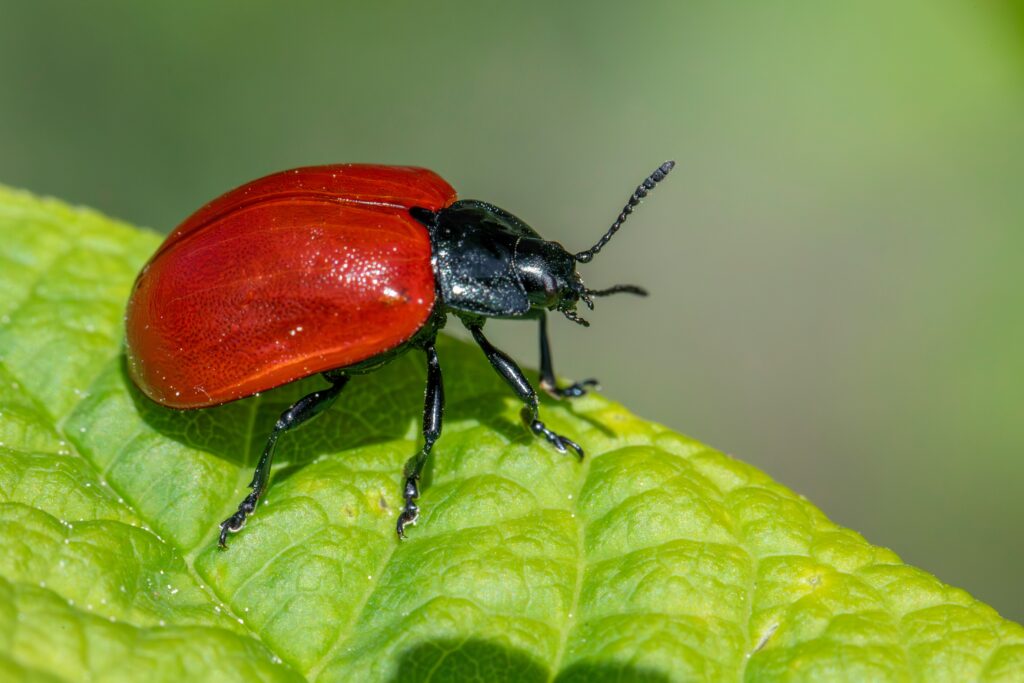In the intricate world of insect defense mechanisms, few are as spectacular as the chemical artillery deployed by certain beetle species. Among the vast array of survival strategies in the animal kingdom, bombardier beetles stand out for their remarkable ability to eject hot, caustic chemicals at potential threats. This extraordinary defensive adaptation involves complex internal chemistry, specialized anatomy, and split-second timing that would impress even the most sophisticated military engineers. The following exploration delves into how these small creatures produce, store, and deploy their chemical weapons with precision and effectiveness that has fascinated scientists for decades. From the underlying biochemistry to the evolutionary advantages this system provides, the bombardier beetle’s defense mechanism represents one of nature’s most ingenious solutions to the perpetual predator-prey arms race.
The Remarkable Bombardier Beetles
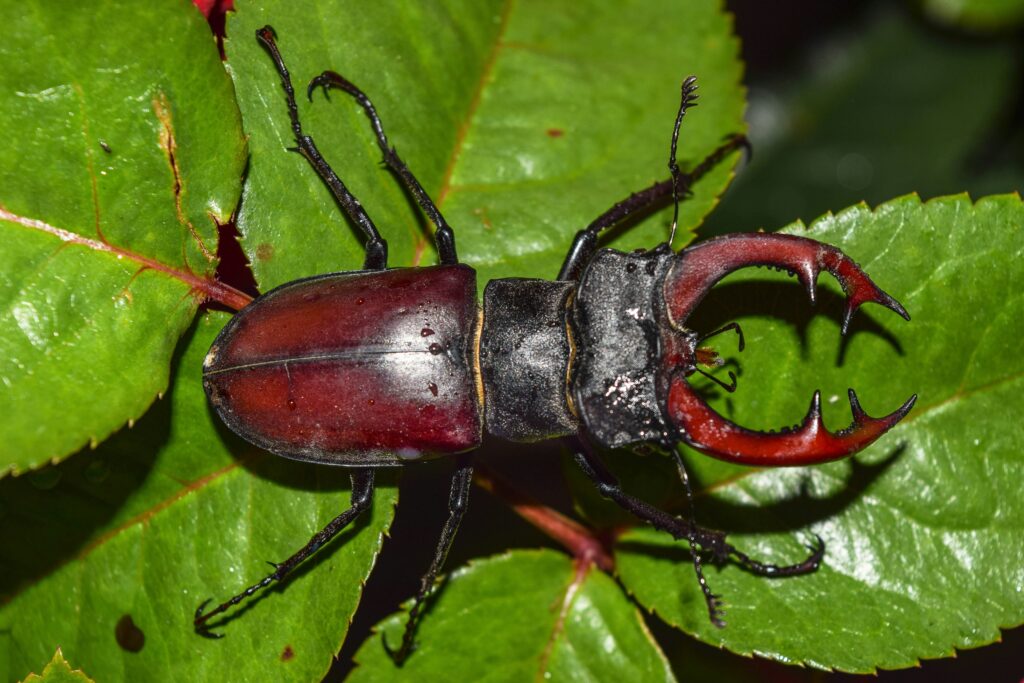
Bombardier beetles, belonging primarily to the tribes Brachinini and Paussini within the Carabidae family, have evolved one of the most sophisticated defense mechanisms in the insect world. These relatively small beetles, typically measuring between 5-20mm in length, are found on every continent except Antarctica, with approximately 500 known species distributed globally. Despite their unassuming appearance, with most species featuring reddish-brown or black coloration, these beetles possess an extraordinary chemical defense system that has captivated scientists since its detailed description in the 1960s. What makes bombardier beetles truly remarkable is not just their ability to produce noxious chemicals—many insects do this—but their capacity to heat these chemicals to near-boiling temperatures and expel them with explosive force and remarkable aim.
The Chemistry Behind the Explosion
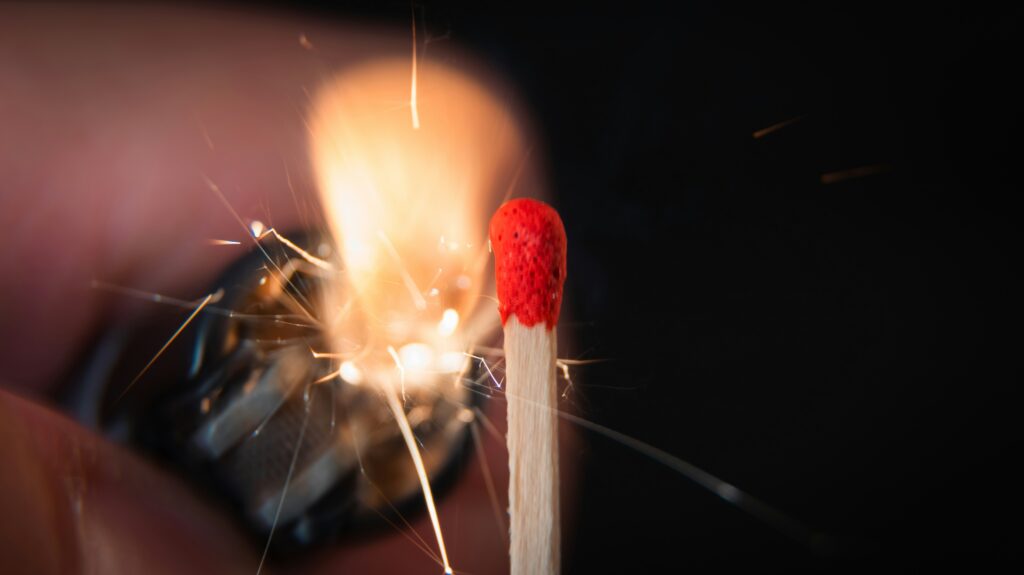
The chemical defense system of bombardier beetles relies on a sophisticated two-chamber reaction process that would impress any chemist. Inside the beetle’s abdomen are specialized glands containing two separate chemical reservoirs: one produces hydrogen peroxide and hydroquinones, while the other contains enzymes including catalases and peroxidases. When threatened, the beetle contracts muscles that force these chemicals into a heavily reinforced reaction chamber where they rapidly mix. This mixing triggers an exothermic reaction, where the catalases break down hydrogen peroxide into water and oxygen, while the peroxidases catalyze the oxidation of hydroquinones into p-benzoquinones. The reaction generates tremendous heat—approaching 100°C (212°F)—and creates significant pressure within the reaction chamber. This powerful chemical reaction produces the characteristic popping sound often associated with these beetles and provides the force needed to eject the defensive spray.
The Sophisticated Spray Mechanism

The bombardier beetle’s spray mechanism represents an engineering marvel that scientists continue to study for biomimetic applications. At the end of the reaction chamber sits a specialized structure called the exit tube or ejection canal, which has a flexible valve that controls the release of the hot chemicals. This valve opens and closes in milliseconds, allowing the beetle to release its spray in rapid pulses rather than a continuous stream, maximizing efficiency and coverage. Remarkably, many bombardier species can rotate this exit tube in nearly any direction, giving them precise control over where they aim their defensive spray. High-speed photography has revealed that some species can discharge up to 500 pulses per second, creating a machine-gun-like effect that thoroughly coats any would-be predator. The entire process—from threat detection to chemical ejection—happens in fractions of a second, making it one of the fastest defensive reactions in the animal kingdom.
The Evolutionary Development of Chemical Warfare
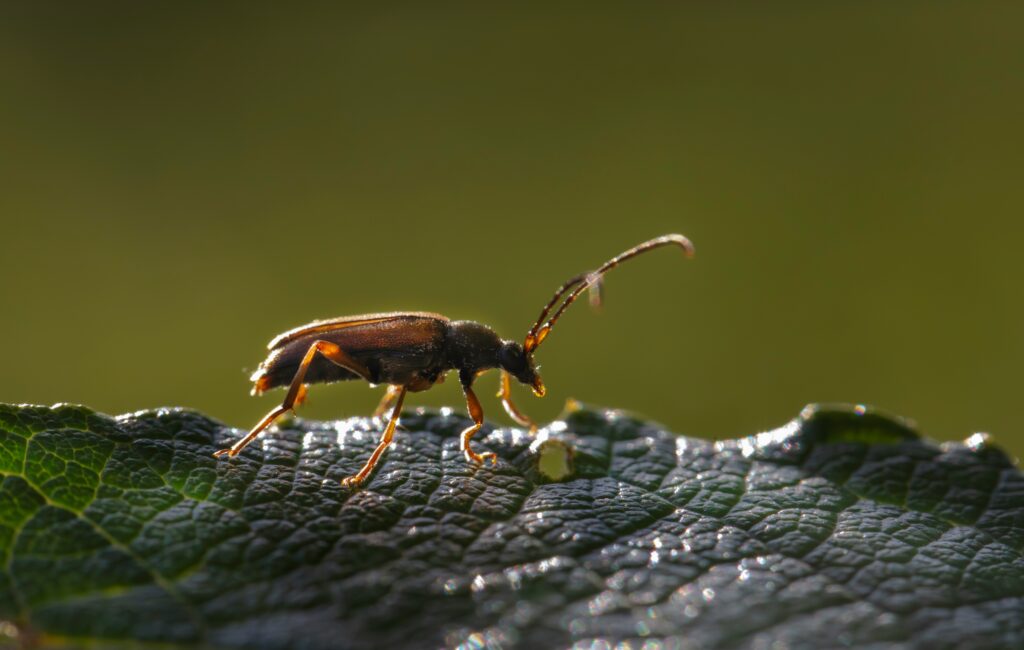
The bombardier beetle’s chemical defense system didn’t appear overnight but evolved gradually over millions of years. Evolutionary biologists theorize that the system developed in stages, beginning with beetles that simply secreted noxious chemicals as a passive defense. Fossil evidence suggests that carabid beetles have existed for at least 100 million years, giving ample time for this sophisticated system to evolve. The intermediate stages likely involved beetles that could mix chemicals for greater toxicity, followed by those that developed specialized chambers for containment. The final evolutionary innovations would have included the heat-generating reaction and the directional control mechanism. Genetic studies comparing bombardier beetles with their close relatives support this step-wise evolution theory, showing how genes for various components of the defense system appear to have been co-opted from other functions and modified over time. This gradual development exemplifies how complex biological systems can evolve through natural selection acting on incremental improvements.
Protection Against Multiple Predators
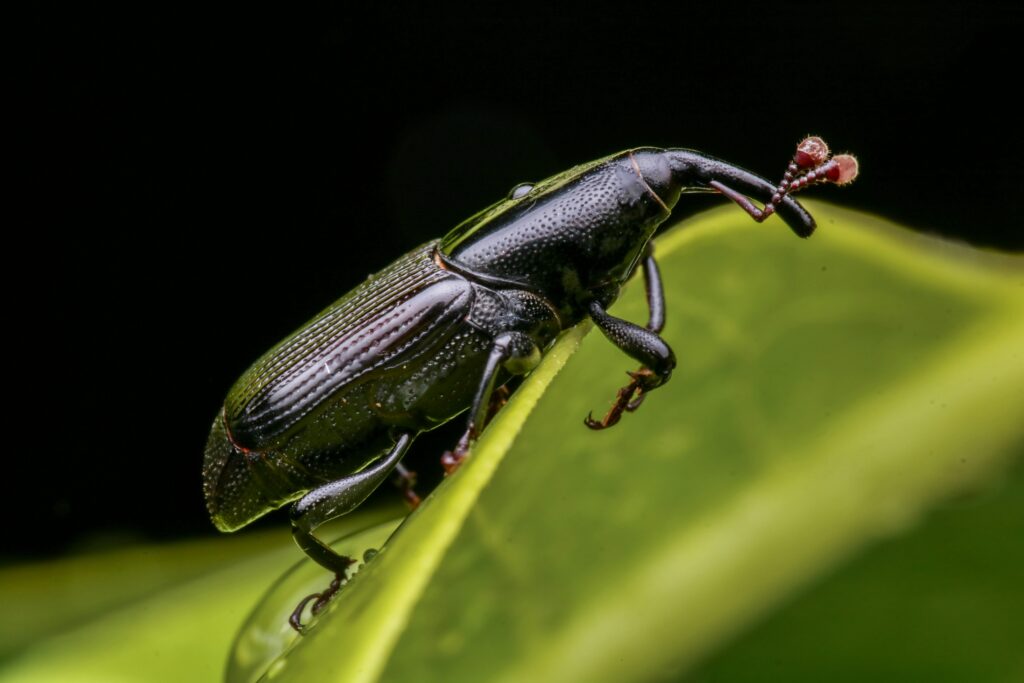
The bombardier beetle’s chemical defense system proves effective against an impressive array of potential predators. Ants, one of the most common threats to small beetles, typically retreat immediately upon being sprayed, with the hot chemicals causing significant distress and confusion in their ranks. Larger predators like frogs, toads, and lizards react violently when they capture a bombardier beetle in their mouths, often spitting out the beetle and showing signs of pain and distress for extended periods afterward. Even birds, with their quick reflexes and hard beaks, typically learn to avoid bombardier beetles after a single unfortunate encounter. Research has documented cases where predators develop specific behaviors to circumvent the beetle’s defenses, such as certain spiders that have learned to hold the beetles in a way that prevents them from aiming their spray effectively. This ongoing evolutionary arms race has likely contributed to the refinement of the bombardier’s defensive capabilities over millions of years.
The Temperature Factor

The high temperature of the bombardier beetle’s spray significantly enhances its defensive capability beyond what the chemicals alone would provide. Laboratory measurements have confirmed that the spray reaches temperatures between 55°C and 100°C (131-212°F), hot enough to cause immediate pain to most predators. This heat component serves multiple purposes in the defense system, acting as a force multiplier for the irritating chemicals. Firstly, the heat causes immediate pain to sensitive tissues, creating an instant deterrent effect even before the chemical components take full effect. Secondly, the high temperature increases the volatility of the benzoquinones, helping them disperse more effectively in the air and penetrate predator tissues more rapidly. Thirdly, the thermal component potentially denatures proteins in predator tissues, causing additional damage beyond the chemical irritation. Perhaps most remarkably, the beetle itself remains unharmed by these hot chemicals due to specialized insulation in its reaction chamber and spray nozzle.
The Chemical Composition of the Spray

The defensive spray of bombardier beetles contains a complex mixture of compounds, with p-benzoquinones serving as the primary active ingredients. These benzoquinones are powerful irritants that affect most animals’ respiratory systems, eyes, and mucous membranes, causing pain, inflammation, and temporary incapacitation. In addition to benzoquinones, the spray contains various other compounds including hydroquinones, hydrogen peroxide, water, and traces of fatty acids and esters that may enhance the spreading and adherence of the spray to predator tissues. Chemical analysis has revealed that different bombardier beetle species produce slightly different formulations, potentially adapted to their specific predator threats and environmental conditions. The concentration of active compounds in the spray is remarkably high—far higher than would be possible if the chemicals were simply stored in this form rather than synthesized on demand. This potent chemical cocktail makes the bombardier beetle’s defense particularly effective compared to other chemical-spraying insects.
Anatomical Adaptations for Chemical Defense

The bombardier beetle’s chemical defense system required numerous anatomical adaptations beyond just the reaction chambers themselves. The beetle’s exoskeleton near the reaction chambers has evolved to be significantly thicker and more heavily reinforced than other areas, allowing it to withstand the extreme pressures and temperatures generated during chemical discharge. Specialized muscle groups surrounding the chemical reservoirs give the beetle precise control over how much of each reactant enters the mixing chamber, enabling it to regulate spray intensity based on threat level. The reaction chamber itself is lined with specialized cells that secrete a protective cuticle resistant to the caustic chemicals and high temperatures, preventing self-harm during defensive discharges. Perhaps most impressive are the flexible articulations connecting the spray nozzle to the abdomen, which allow for precise directional control of the spray through a range of nearly 270 degrees in some species, enabling the beetle to target predators approaching from almost any direction.
Scientific Research and Discoveries

Scientific investigation into bombardier beetles has yielded fascinating insights and practical applications across multiple disciplines. Pioneering work by chemist Thomas Eisner in the 1960s first documented the intricate details of the beetle’s spray mechanism using high-speed photography and careful chemical analysis. More recent research using synchrotron X-ray imaging has allowed scientists to observe the internal workings of the spray mechanism in real-time without dissecting the beetles. These studies have revealed previously unknown details about valve function and reaction chamber dynamics during spray events. The bombardier beetle’s defense system has inspired biomimetic technologies, including more efficient fuel-injection systems, novel spray mechanisms for fire extinguishers, and concepts for medical delivery systems that could precisely control the mixing of reactive chemicals. Additionally, the beetle’s ability to contain and direct powerful chemical reactions has informed research into anti-explosion technologies and controlled-release mechanisms that could have applications in industries ranging from automotive to pharmaceutical.
Regional Variations Among Bombardier Species

Bombardier beetles have diversified across their global range, with notable variations in their chemical defense systems across different species and geographic regions. North American species like Brachinus americanus typically produce sprays with higher concentrations of benzoquinones and can direct their spray with remarkable precision over distances up to 20-30 cm. European species, such as Brachinus crepitans, generally produce smaller volumes of spray but compensate with more rapid-fire pulses, creating effective coverage despite the lower volume. African bombardier beetles, particularly those in the genus Stenaptinus, have evolved some of the most powerful spray mechanisms, capable of deterring larger predators like small reptiles and amphibians that are abundant in their habitat. Australian species have developed variations that work effectively in both extremely arid and tropical conditions, with some species able to conserve water in their spray mixture during dry seasons. These regional adaptations demonstrate how natural selection has fine-tuned this defense system to match specific environmental challenges and predator profiles across different continents.
Behavioral Aspects of Chemical Defense
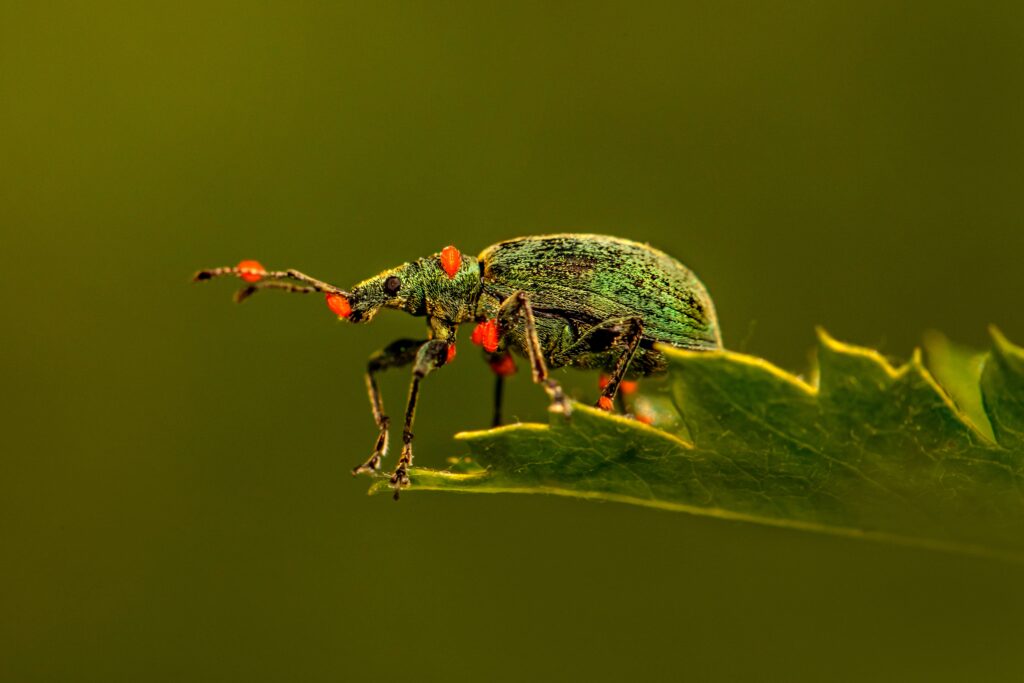
Bombardier beetles employ sophisticated behavioral strategies that complement their chemical weaponry, maximizing defensive effectiveness while conserving their limited chemical resources. When initially threatened, many species display warning postures before resorting to chemical spray, raising their abdomens in a distinctive threat display that predators may learn to associate with the unpleasant spray. These beetles can modulate the volume and concentration of their spray based on perceived threat levels, using smaller, less concentrated bursts for minor threats and full-powered sprays for serious dangers. Remarkably, bombardier beetles show evidence of learning and memory regarding predator encounters, becoming more quickly reactive to predator species they have previously encountered. Some species demonstrate sophisticated escape behaviors coordinated with their chemical defense, spraying while simultaneously executing rapid directional changes, making them even more difficult to capture. Group living bombardier species exhibit coordinated defense responses, with multiple beetles simultaneously spraying when one member of the group is attacked, creating an overwhelming deterrent effect against predators.
Conservation Challenges and Environmental Factors

Despite their impressive defenses against natural predators, bombardier beetles face growing threats from human activities and environmental changes. Habitat destruction, particularly the clearing of forest understory and leaf litter where many species live, has reduced populations in numerous regions globally. Agricultural pesticides pose a significant threat, as bombardier beetles’ permeable exoskeletons make them vulnerable to toxin absorption, with some studies showing that their complex defensive glands may actually concentrate certain agricultural chemicals. Climate change presents additional challenges, particularly for species with narrow temperature tolerances that affect their chemical reaction efficiency—laboratory studies indicate that both extreme heat and cold can compromise the effectiveness of their spray mechanism. Conservation efforts focused on these beetles remain limited, partly because their defensive capabilities make them difficult to study in captivity without specialized facilities. Citizen science programs tracking bombardier beetle populations have begun in parts of Europe and North America, helping scientists monitor population trends and identify priority areas for conservation intervention before these remarkable insects disappear from additional regions.
Mimicry and Beetle Relationships

The bombardier beetle’s effective chemical defense has led to fascinating examples of mimicry within insect communities, where harmless species gain protection by resembling these well-defended beetles. Several species of non-bombardier ground beetles have evolved to closely resemble their chemical-spraying relatives in coloration and behavior, benefiting from predators’ learned avoidance without investing in costly defense systems. This form of Batesian mimicry creates complex ecological relationships where the effectiveness of the mimicry depends on the relative abundance of the model (bombardier) and mimic species in any given area. Remarkably, some predators appear to have evolved counter-adaptations specifically targeting bombardier beetles, including certain specialized parasitoid wasps that have developed immunity to the defensive chemicals and can successfully parasitize bombardier beetles despite their formidable defenses. Additionally, researchers have documented complex symbiotic relationships between certain ant species and bombardier beetles, where the beetles receive protection from the ants’ collective defense while the ants benefit from the beetles’ chemical deterrent capabilities against their predators—a rare example of mutual defense cooperation across insect families.
Conclusion
The bombardier beetle’s remarkable ability to shoot hot, caustic chemicals represents one of nature’s most sophisticated defense mechanisms. These small insects have evolved a complex internal chemistry lab that allows them to produce, heat, and accurately direct noxious sprays at predators with precision that would impress military engineers. From their specialized dual-chamber reaction system to the heat-resistant anatomy that protects them from their own weapons, every aspect of this defense system showcases the power of evolutionary adaptation. Beyond their biological significance, these beetles continue to inspire scientists and engineers developing new technologies based on their efficient chemical systems. As we face increasing environmental challenges, preserving these remarkable creatures and the habitats that support them ensures that one of nature’s most impressive chemical defense systems continues to both protect these beetles and inspire human innovation for generations to come.

